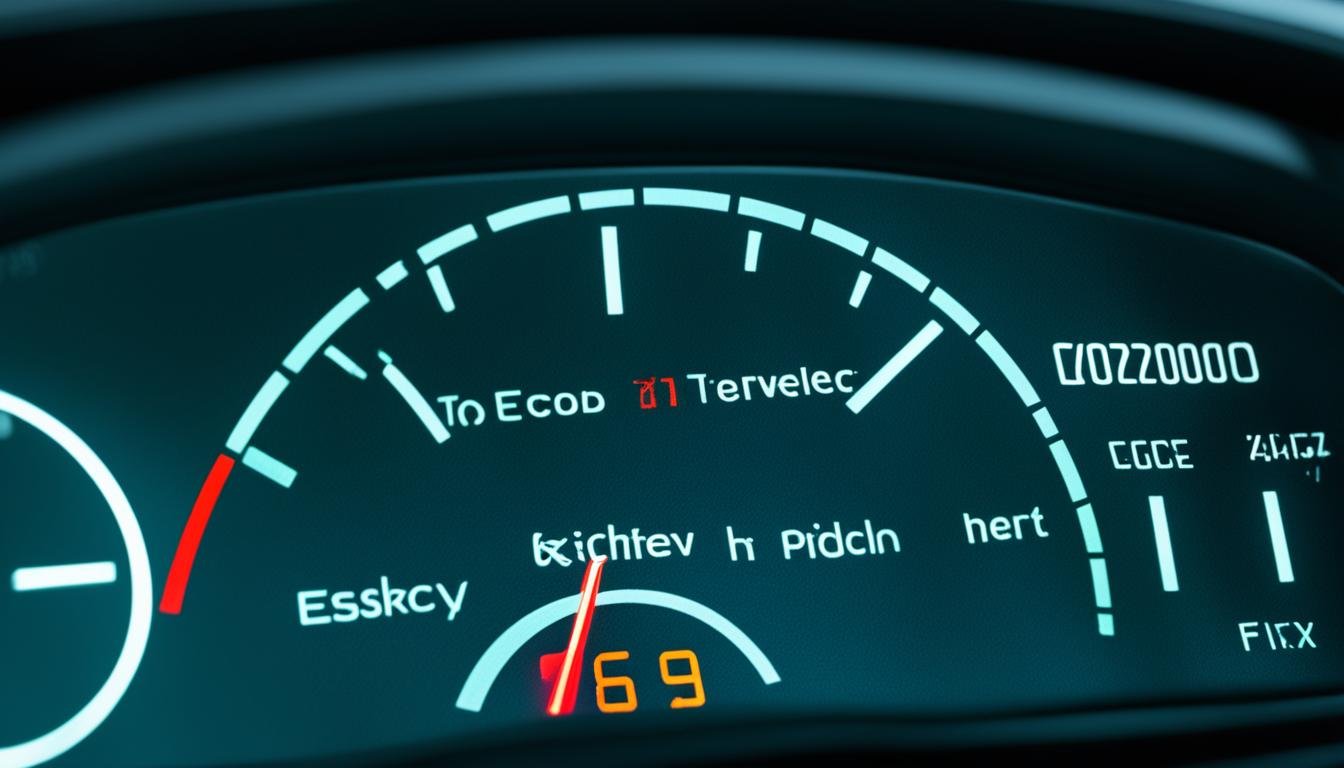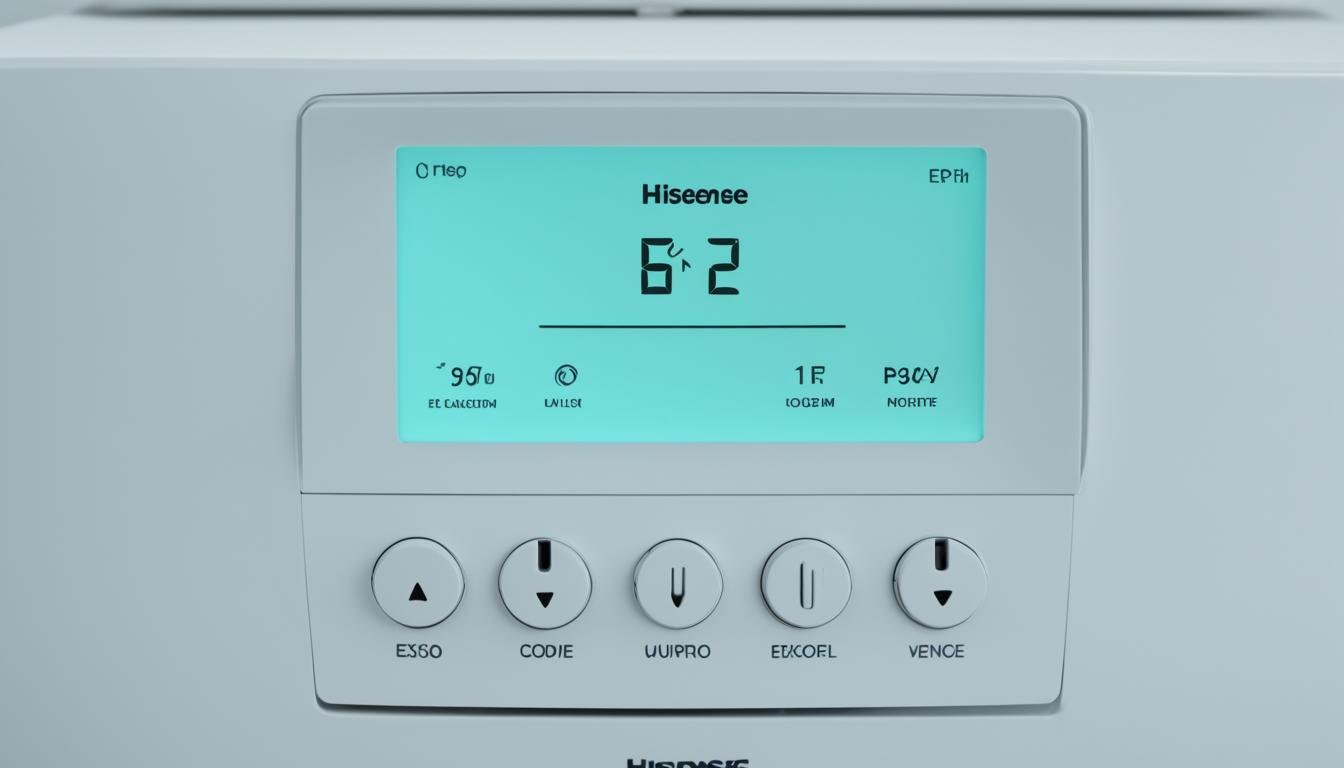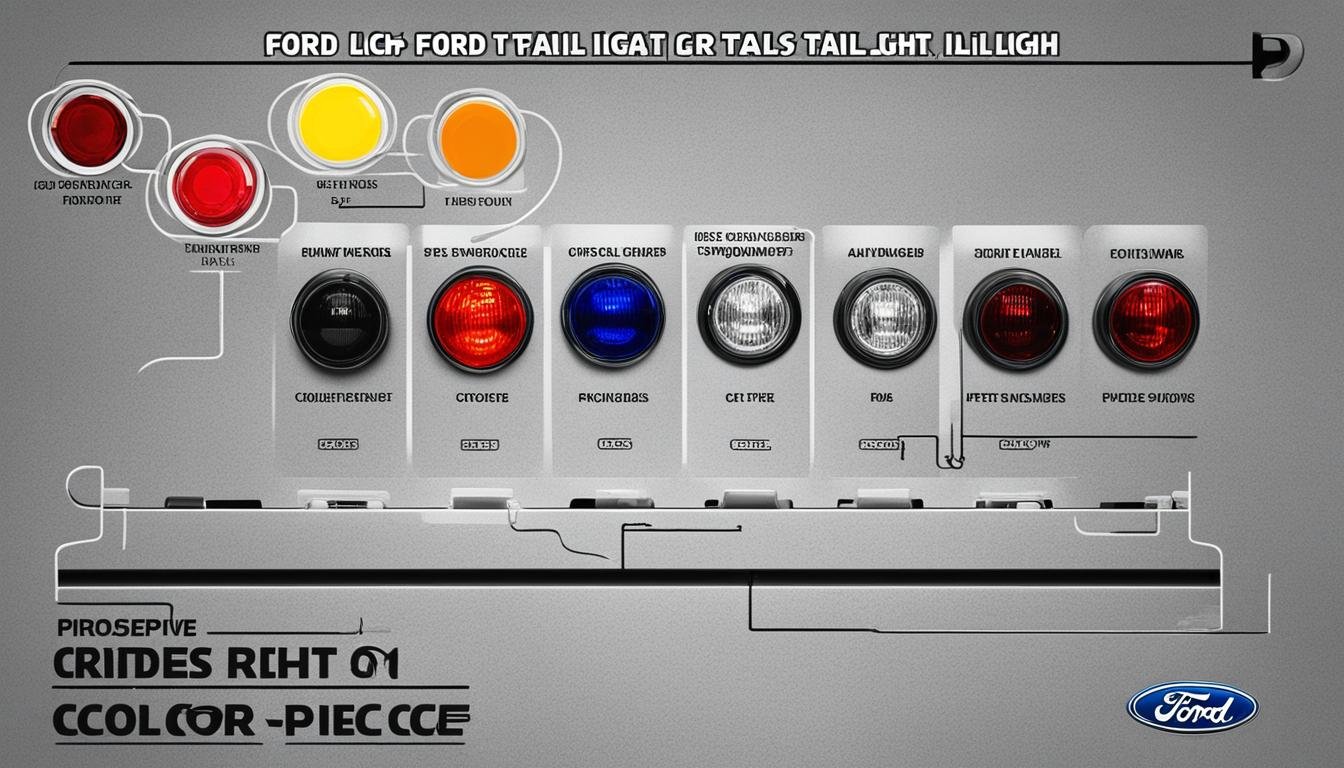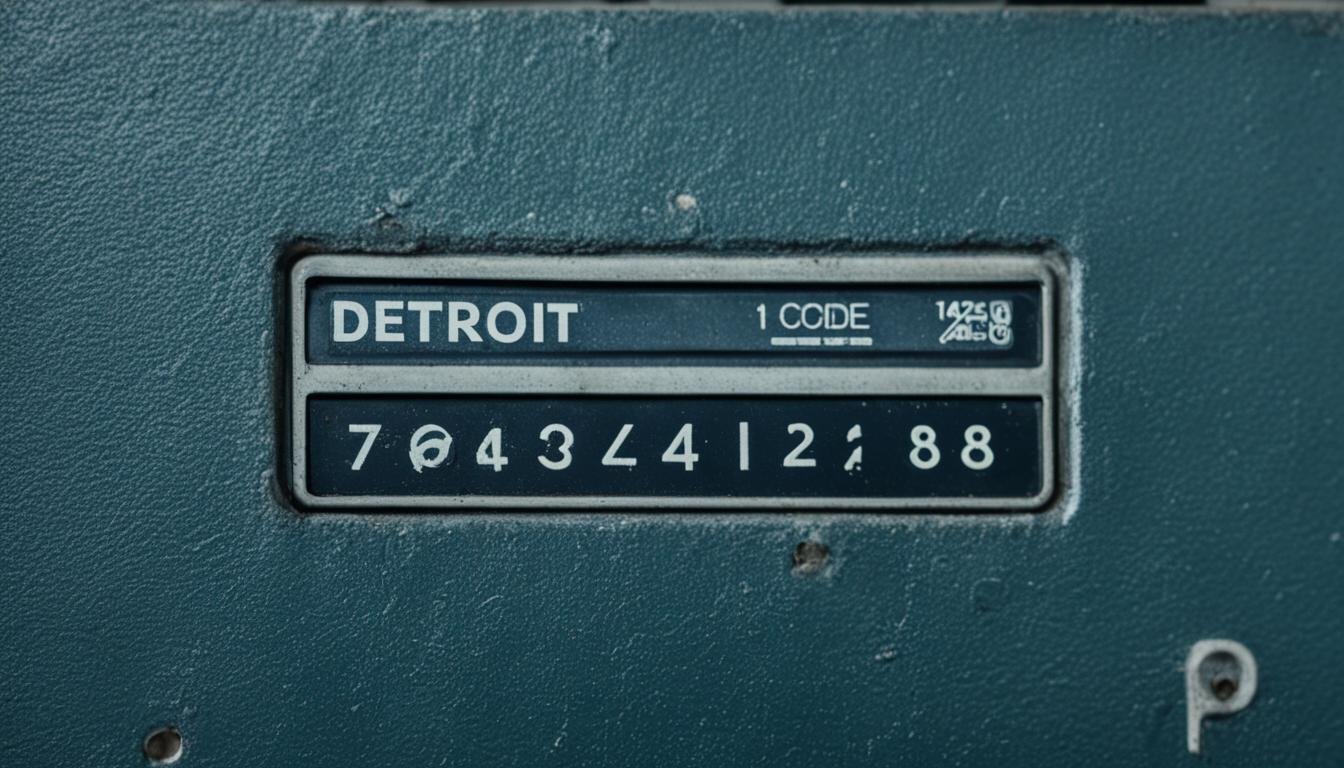Have you ever wondered how to fix the check engine light codes in your 2013 Ford F150? The check engine light can be a mysterious and frustrating sight, leaving you wondering what went wrong with your vehicle. But fear not, because we have the answers to help you resolve this issue and get your truck back on the road in no time.
Before we dive into the solutions, it’s important to understand that the check engine light can be triggered by various problems, ranging from minor to more serious issues. So let’s explore the common causes and troubleshooting methods to fix the check engine light codes in your 2013 Ford F150.
Key Takeaways:
- The check engine light in your 2013 Ford F150 can be caused by a variety of issues.
- Common causes include a loose gas cap, faulty O2 sensor, mass airflow sensor issues, catalytic converter problems, VCTR solenoid defects, and ignition coil and spark plug failures.
- To troubleshoot the check engine light, start by checking the gas cap and using an OBD-II scanner to read the diagnostic trouble code (DTC).
- Addressing the underlying issue promptly is essential to prevent further damage and costly repairs.
- Consulting a professional mechanic or dealership with experience in Ford vehicles is recommended for accurate diagnosis and repair.
Common Symptoms and Troubleshooting Methods for 2013 Ford F150 Check Engine Light Codes
When the check engine light comes on in a 2013 Ford F150, it is important to pay attention to any accompanying symptoms. These symptoms can include decreased fuel economy, engine stalling, frequent misfires, poor engine performance, and other issues.
To troubleshoot the check engine light, we recommend starting with a simple check of the gas cap. Ensure it is properly tightened or replaced if necessary. In many cases, a loose gas cap can trigger the check engine light.
If the issue persists after checking the gas cap, it may be necessary to use an OBD-II scanner to read the specific diagnostic trouble code (DTC) associated with the check engine light. The DTC provides valuable information that can help identify the specific problem.
Once you have the DTC, you can refer to the 2013 Ford F150 Diagnostic Manual or consult a qualified mechanic to decipher the code and guide further diagnosis.
If you’re comfortable working on your vehicle, you can use online resources to find common solutions corresponding to the specific DTC. However, keep in mind that each car may have unique or more serious problems that require professional diagnosis.
While it is possible to reset the check engine light by disconnecting the battery for a few minutes, it is important to address the underlying issue first to prevent the light from coming back on. Resetting the light without resolving the problem could lead to further complications and potential damage to your vehicle.
To summarize, when the check engine light illuminates in your 2013 Ford F150, it is crucial to be aware of accompanying symptoms and take appropriate action. Inspect the gas cap, use an OBD-II scanner to retrieve the DTC, and refer to trusted diagnostic resources or seek professional assistance for further troubleshooting and repair guidance.
Importance of Timely Check Engine Light Diagnosis and Repair for a 2013 Ford F150
Prompt diagnosis and repair of the check engine light in a 2013 Ford F150 is crucial to prevent further damage to the engine and ensure optimal performance.
Ignoring the check engine light can lead to more severe issues and potentially costly repairs. It is recommended to take the vehicle to a professional mechanic or dealership with experience in Ford vehicles for a proper diagnosis.
They will use diagnostic tools to read the DTCs and determine the underlying cause of the check engine light. Once the issue is identified, the necessary repairs or replacements can be performed to resolve the problem.
Regular maintenance and addressing any check engine light issues promptly can help prevent bigger problems down the line and ensure a reliable and efficient driving experience with the 2013 Ford F150.
FAQ
How do I fix check engine light codes in my 2013 Ford F150?
To fix check engine light codes in your 2013 Ford F150, it is important to promptly address the underlying issue. Start by checking the gas cap and ensuring it is properly tightened or replaced if necessary. If the issue persists, use an OBD-II scanner to read the specific diagnostic trouble code (DTC) associated with the check engine light, which can help identify the problem and guide further diagnosis and repairs. It is recommended to seek professional help from a mechanic or dealership with experience in Ford vehicles for a proper diagnosis and repair.
What are the common symptoms and troubleshooting methods for check engine light codes in a 2013 Ford F150?
Common symptoms of check engine light codes in a 2013 Ford F150 include decreased fuel economy, engine stalling, frequent misfires, poor engine performance, and other issues. To troubleshoot, start by checking the gas cap and ensuring it is properly tightened or replaced if necessary. If the issue persists, use an OBD-II scanner to read the specific diagnostic trouble code (DTC) associated with the check engine light. Once the DTC is determined, it can help identify the specific problem and guide further diagnosis and repairs.
How important is timely check engine light diagnosis and repair for a 2013 Ford F150?
Timely check engine light diagnosis and repair for a 2013 Ford F150 is crucial to prevent further damage to the engine and ensure optimal performance. Ignoring the check engine light can lead to more severe issues and potentially costly repairs. It is recommended to take the vehicle to a professional mechanic or dealership with experience in Ford vehicles for a proper diagnosis. They will use diagnostic tools to read the DTCs and determine the underlying cause of the check engine light. Once the issue is identified, the necessary repairs or replacements can be performed to resolve the problem.






Leave a Reply